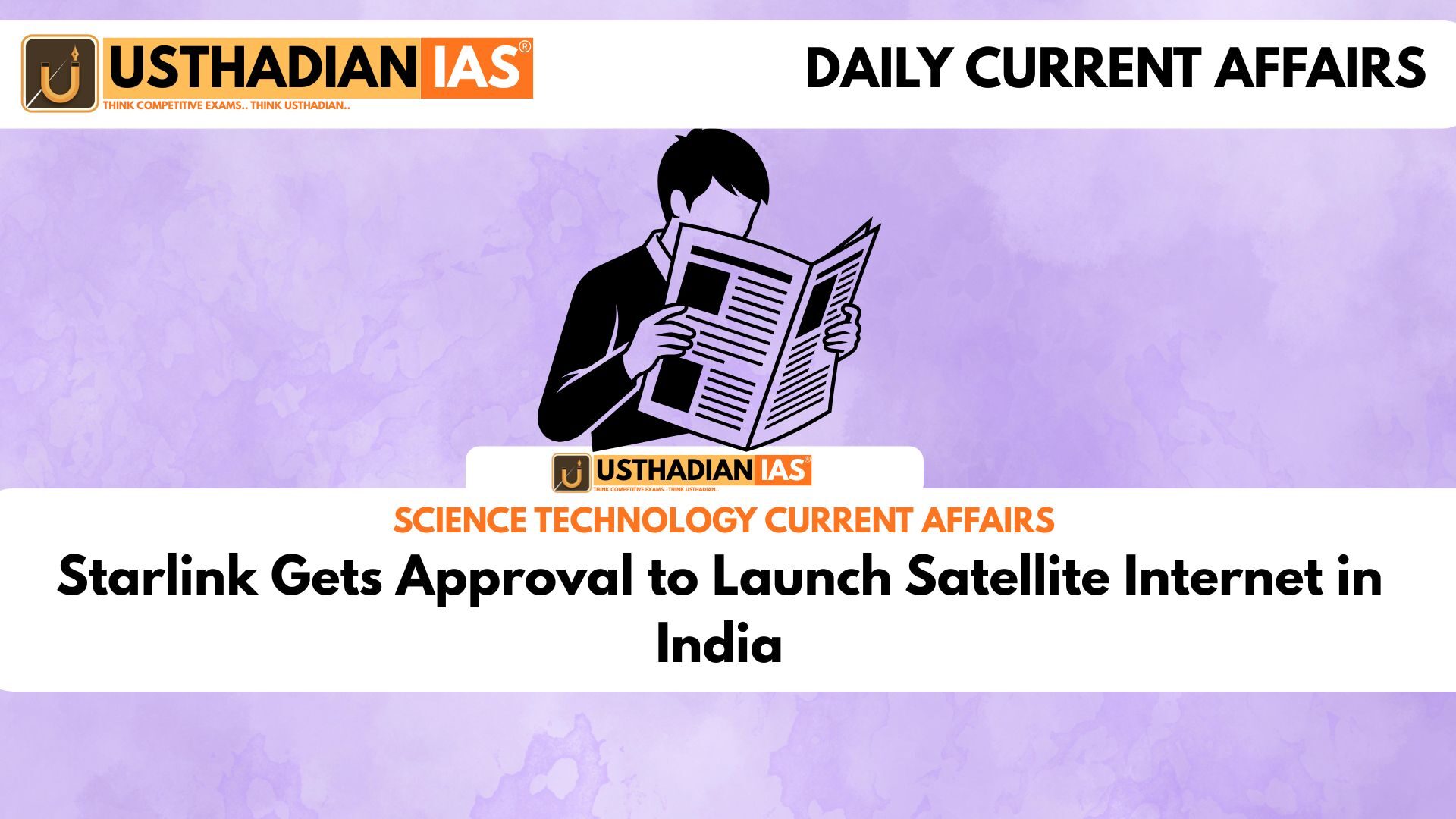India opens sky route for Starlink
Starlink Gets Approval to Launch Satellite Internet in India: In a major leap for India’s internet infrastructure, Starlink, the satellite internet arm of Elon Musk’s SpaceX, has officially received a GMPCS licence from the Department of Telecommunications (DoT). This move clears the runway for Starlink to begin its operations and offer high-speed satellite-based broadband across the country.
The licence, formally known as the Global Mobile Personal Communication by Satellite licence, allows international players to legally operate satellite communication services in India. Starlink now joins OneWeb (backed by Bharti Airtel) and Reliance Jio’s Satellite Communications as the third major player in India’s space-based internet race.
Satellite internet is gaining ground
For millions of people living in rural or hard-to-reach regions, traditional internet cables aren’t always an option. This is where satellite-based services come in. With low-earth orbit (LEO) satellites, providers like Starlink can beam internet directly from space, bypassing terrain and infrastructure limitations.
The GMPCS approval is more than just a permission slip. It marks the culmination of multiple security clearances and compliance with India’s data sovereignty policies. Starlink will soon get trial spectrum to showcase that it can meet both technical and national security standards.
India already has competition
Starlink isn’t entering an empty market. OneWeb got its licence in August 2021, while Jio Satellite followed in March 2022. These early movers have already started laying down the groundwork for services. Meanwhile, Amazon’s Project Kuiper is still waiting for green signals from the Indian government.
While the race is heating up, it’s ultimately a win for consumers. More players mean more innovation, competitive pricing, and faster rollout.
Conditions Starlink must meet
Approval comes with strings. Starlink and others must localize at least 20% of their ground infrastructure—meaning some of their tech needs to be built or installed in India. Additionally, the government insists on legal interception capabilities for national security, and no user data is allowed to be routed outside the country.
Also, hub and gateway locations need separate security clearance. This ensures satellite data remains traceable and secure.
Waiting for spectrum to go live
While the Telecom Regulatory Authority of India (TRAI) has sent its suggestions to the government regarding satellite spectrum pricing and allotment, commercial services can only begin after formal spectrum allocation. The trial phase, expected to begin soon, will test Starlink’s systems and performance.
Satellite internet and India’s digital goals
This step aligns well with Digital India’s mission of connecting remote areas. From farmers needing weather updates to children accessing online education, satellite internet can change lives. Just like mobile phones made landlines nearly obsolete, satellite broadband might transform how Indians connect to the web.
India also has a history of space innovation. With ISRO launching satellites for other countries, supporting private players like SpaceX reflects India’s growing confidence in the space and tech sectors.
Static Usthadian Current Affairs Table
| Topic | Detail |
| GMPCS Full Form | Global Mobile Personal Communication by Satellite |
| Starlink Parent Company | SpaceX |
| Year Starlink got GMPCS Licence | 2025 |
| Other GMPCS Holders in India | OneWeb, Jio Satellite Communications |
| OneWeb Licence Year | 2021 |
| Jio Satellite Licence Year | 2022 |
| Project Kuiper Status | Approval Pending |
| DoT Full Form | Department of Telecommunications |
| Minimum Ground Infrastructure | 20% must be indigenised |
| TRAI Full Form | Telecom Regulatory Authority of India |








